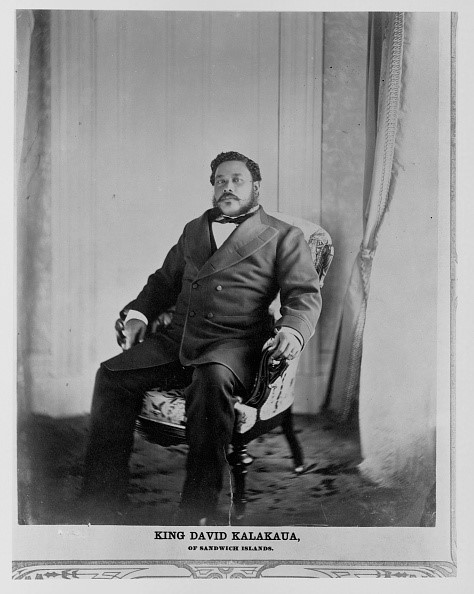On January 17, 1893, a military force featuring more than 160 Marines and sailors from the warship USS Boston took part in a coup to overthrow Hawaii’s Queen Lili’uokalani and install a new provisional government led by U.S. businessmen and their political allies. Even though the president of the United States, Grover Cleveland, publicly opposed the coup, those U.S. armed forces comprised just one element of a multi-faceted American involvement in and support for this hostile and illegal action against the Hawaiian government. The coup succeeded, establishing an interim Republic of Hawaii that governed only until the federal government formally annexed the islands as a United States territory in 1898.
To most 21st century Americans, Hawaii is a tropical paradise, a vacation destination full of spectacular vistas, thundering surf, and threatening volcanoes (and the birthplace of the 44th president). But how that paradise became part of the United States is a long, complex, and often dark story, one that illuminates how the expanding nation, and the political, military, and corporate forces driving that growth, engaged with local and indigenous leaders and communities.
Throughout the 19th century, the United States government’s relationship with Hawaii was influenced by three powerful and interconnected forces: Christian missionaries seeking to convert the island’s inhabitants; business leaders seeking to gain control over its abundant sugar crops; and military forces allied with those groups and seeking a Pacific base from which to better protect the Western United States. All these groups maintained uneasy relationships with Hawaii’s indigenous leaders, monarchs from the Kamehameha Dynasty that had ruled since Kamehameha I took the throne in 1795. Despite the U.S. formally recognizing an independent Hawaiian nation in July 1846, missionaries, businessmen, and military leaders continued at the very least to seek a foothold in, and ideally to gain control over, the islands in order to advance their respective interests. When King Lunalilo died without an heir in 1874 and a new ruler, David Kalākaua, was chosen by the Hawaiian legislature, these American forces saw an opportunity to consolidate their power.
